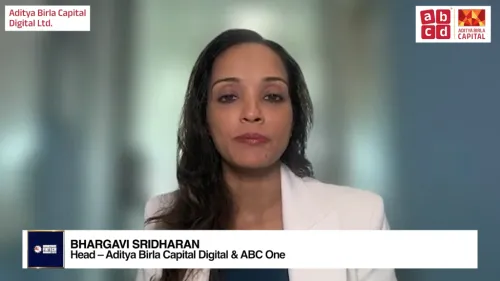
Banks to face trade tensions, tariff-linked policy shifts, and property woes in 2025
The still-high interest rates might push banks’ credit losses to increase by 7% in 2025.
Simmering trade tensions between the two largest economies, big policy shifts from Trump’s tariff obsession, and geopolitical factors remain key risks that banks will face in 2025.
Geopolitical factors remain key risks, according to S&P Global Ratings, warning that the effects of the conflicts in Eastern Europe and the Middle East have the potentially substantial increase in trade tariffs by the U.S. could have implications for the global economy and banks.
The property sector is also a headache for banks. In particular, the US office market and residential sales in China poses challenges for US regional banks and smaller Chinese lenders.
Still-high interest rates will also continue to squeeze weak corporates and households, contributing to credit losses and difficult funding conditions for banks.
S&P warned that credit losses for global banks could increase by 7% in 2025 and 8% in 2026.
Despite these, banks are expected to benefit from stabilizing economies globally, said Gavin Gunning, S&P Global Ratings credit analyst.
"Stabilizing economies, amid a well-managed reduction in inflation, will support banks' performance," Gunning wrote in the S&P commentary “"Global Banking Outlook 2025: The Case for Cautious Confidence".



















 Advertise
Advertise






